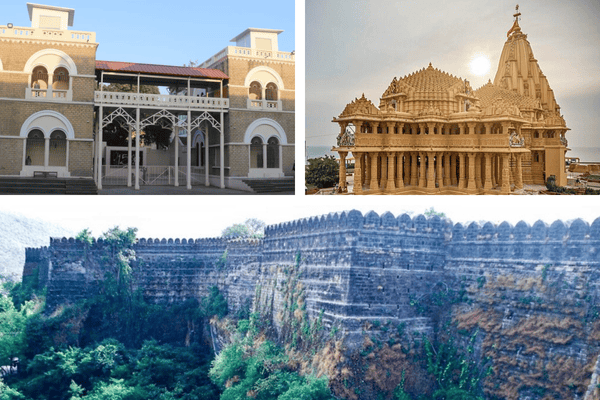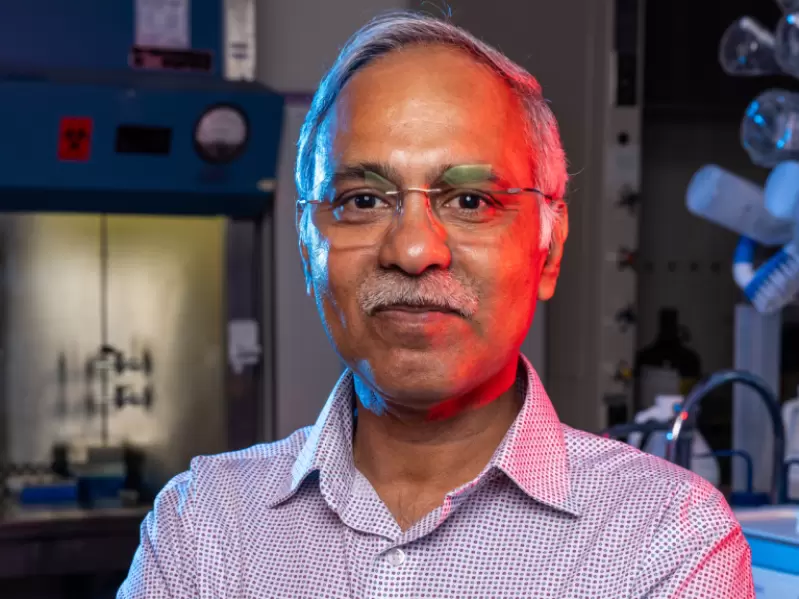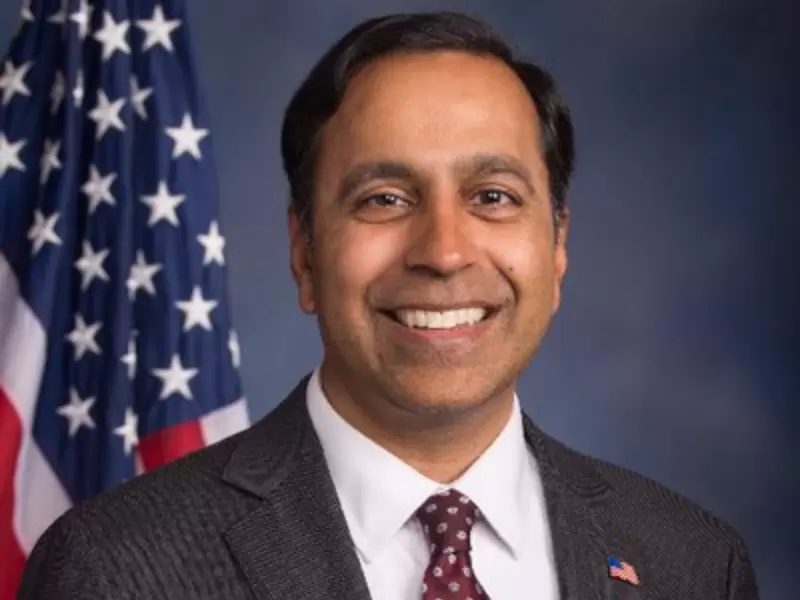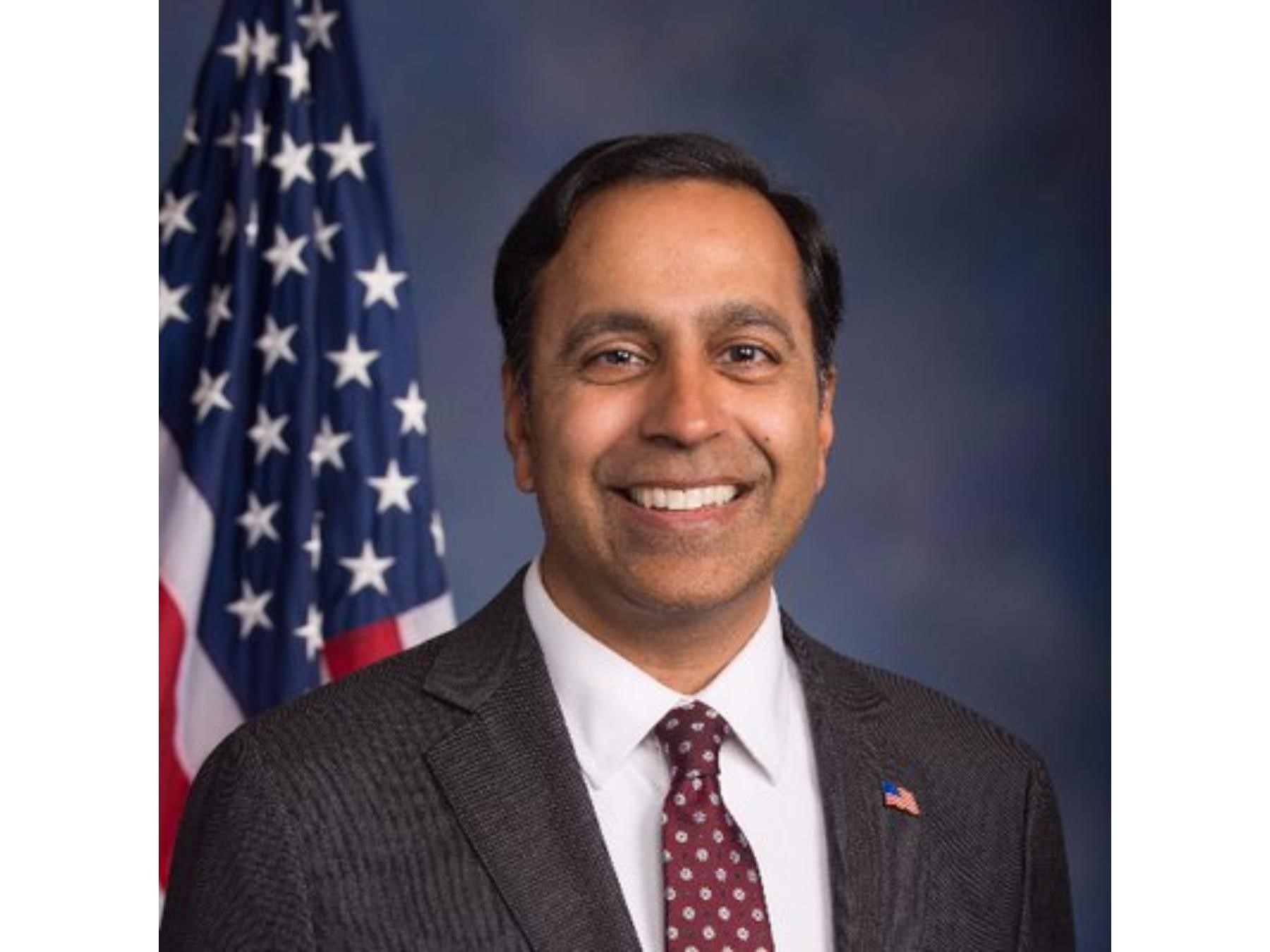A Rediscovery of India
From Rajkot to Somnath: A homecoming to Gujarat’s historic heartland.
 (top L) Mahatma Gandhi Museum, Rajkot, (Top R) Somanath Temple, Junagadh Fort wall. / Credit- MGM Rajkot, Wikipedia, Flickr
(top L) Mahatma Gandhi Museum, Rajkot, (Top R) Somanath Temple, Junagadh Fort wall. / Credit- MGM Rajkot, Wikipedia, Flickr
Imagine a region of India that Roman and Greek sailors were very familiar with as a fertile land with men of great stature. It’s a region that gave birth and schooled a leader who led the fight to force the British to leave and make India independent after centuries of foreign dominion. There is a temple that stands tall and proud again after having been destroyed at least seven times by invaders who wanted to obliterate an ancient faith.
The last remaining sanctuary for Asiatic lions, as well as a village with people of African descent, is also to be found here. The region, of course, is Saurashtra or Kathiawar within the state of Gujarat, and visitors taking the opportunity to visit it will be richly rewarded.
Having lived in Rajkot as a child, a recent trip to Saurashtra was an opportunity to revisit my childhood home and the school I attended. Mahatma Gandhi, too, attended Alfred High School in Rajkot, which is now the “Gandhi Memorial Museum”. The present buildings of the school were built by the Nawab of Junagadh and named after Prince Alfred, the Duke of Edinburgh. It was inaugurated by Sir Philip Wodehouse, Governor of the Bombay Presidency and a cousin of the famous British author PG Wodehouse.
It is now a museum that features exhibits telling the life story of Mahatma Gandhi, from his time in South Africa through his initiation into the fight for India’s independence under the guidance of his political mentor, Gopal Krishna Gokhale. The exhibits then trace his leadership role in helping India eventually gain independence in 1947 and ending with his assassination in 1948.
History is everywhere in the region, with fascinating ties to events from ancient times as well as from around the time of India’s independence. Close to Rajkot is the town of Junagadh, which has a fort built initially during the Maurya Empire. Inside the fort is the Adi Kadi Vav stepwell, an excellent example of these unique structures, which are wells featuring a long corridor of steps that descend to the water level.
Junagadh was a state within the Maratha Confederacy, but it later became a Protectorate of the East India Company and eventually a Princely State of the British Raj. Shah Nawaz Bhutto, the father of the late Pakistani Prime Minister Zulfiqar Ali Bhutto, was the Dewan of Junagadh, and he persuaded the Nawab to accede to Pakistan at the time of independence. That decision was reversed, thanks to the actions taken by Sardar Patel, the “Iron Man” of Indian independence.
Also in Saurashtra is the Gir National Park, which is the last remaining natural habitat for the Asiatic lion. It is home to a population of approximately 600 or more Asiatic lions and is a must-visit. Close by Gir is a village called Jambur, where people trace their lineage back to Africa. While the residents are predominantly Indian and speak Gujarati, they are believed to be descendants of members of the Bantu tribe, who were brought to India either by Arab traders or Portuguese colonists.
On the Arabian Sea coast of Saurashtra is the beautiful Somnath Temple with a remarkable history of its own. Despite repeated destruction of the temple by invaders, it was always rebuilt with resilience. It was first demolished by Mahmud of Ghazni in 1026, then by Ulugh Khan in 1299, by Muzaffar Shah I in 1395, and finally by Aurangzeb in 1706. Indian rulers, from Chaulukya King Kumarapala in the 12th century to the Maratha Queen Ahilyabai Holkar in the 18th century, were among those who kept the memory of the temple alive after each heinous desecration.
The latest reincarnation of the Somnath Temple can be credited to Sardar Patel, who, as Deputy Prime Minister of newly independent India, approved the idea of rebuilding the temple, initially proposed by Kakasaheb Gadgil. Sardar Patel ordered the reconstruction after a memorable visit to the ruins of Somnath just after Junagadh had been liberated in November 1947. Sardar Patel’s idea of rebuilding the iconic Somnath Temple was very positive in intent without any communal angle, and he quoted the Bible to say, “I have come to fulfil and not to destroy (Matthew 5:17).”
Also near Junagadh are ancient rock edicts from the time of Emperor Ashoka at the foot of Mt. Girnar, which are now preserved and protected as a monument by the Archaeological Survey of India. One of the Ashokan edicts states - “To foster one’s own sect, depreciating the others out of affection for one’s own, to exalt its merit, is to do the worst harm to one’s own sect.” It is indeed remarkable that India’s ancient tradition of tolerance and ecumenism dates back to 2300 years ago.
The author is a Chicago-based columnist and investment professional.
(The views and opinions expressed in this article are those of the author and do not necessarily reflect the official policy or position of New India Abroad)
ADVERTISEMENT
ADVERTISEMENT
E Paper
Video



 Ram Kelkar
Ram Kelkar.png)












Comments
Start the conversation
Become a member of New India Abroad to start commenting.
Sign Up Now
Already have an account? Login